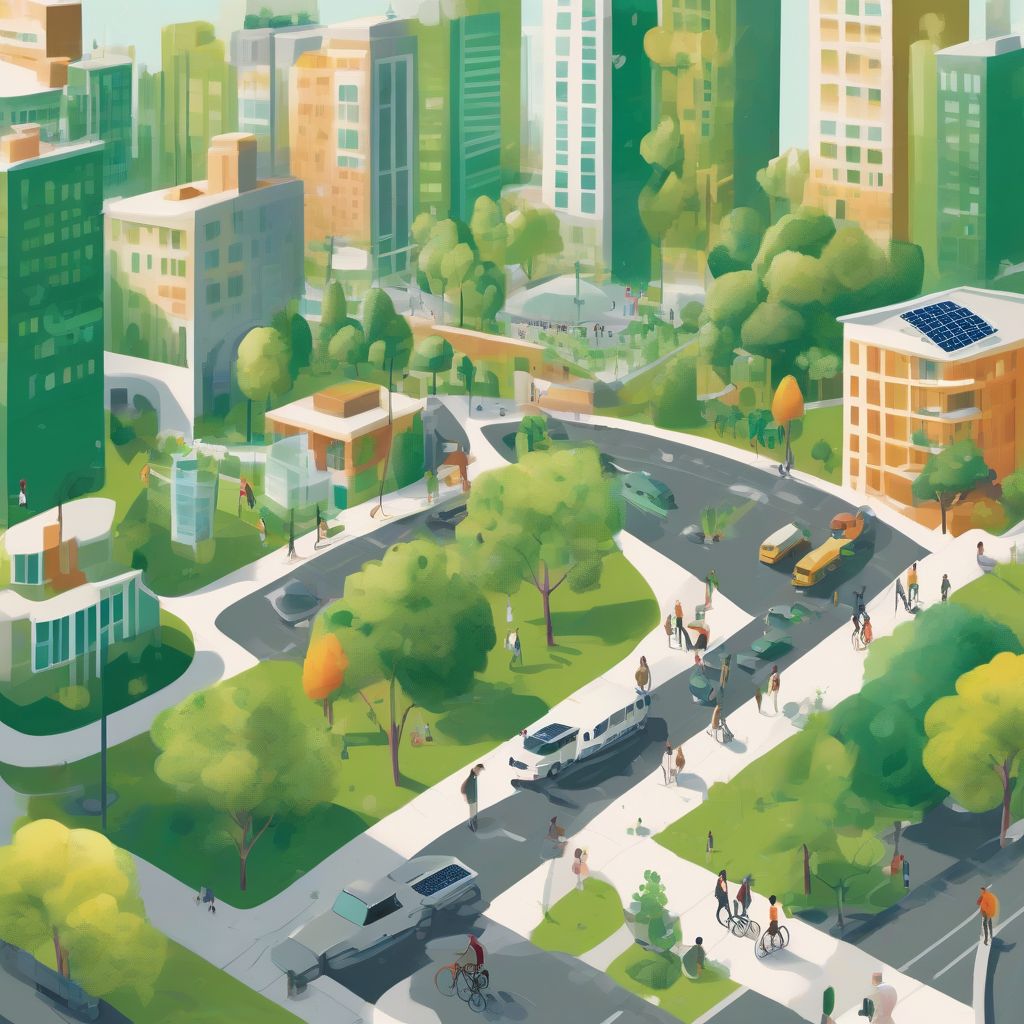Imagine a world where lush forests thrive, air and water are pristine, and communities live in harmony with nature. This isn’t a utopian dream, but a future within reach thanks to the growing influence of sustainability practices on environmental science.
For years, environmental science has focused on understanding the impact of human activities on our planet. Now, fueled by a sense of urgency and a desire for lasting solutions, sustainability practices are pushing the boundaries of this field, leading to innovative solutions and a more hopeful outlook for the future.
From Awareness to Action: The Rise of Sustainability
Sustainability, at its core, is about meeting the needs of the present without compromising the ability of future generations to meet their own needs. It’s a holistic approach that recognizes the interconnectedness of environmental, social, and economic well-being.
As awareness of environmental challenges like climate change, pollution, and resource depletion has grown, so too has the demand for sustainable practices. This shift in mindset is transforming environmental science from a field primarily focused on studying problems to one actively seeking and implementing solutions.
How Sustainability is Revolutionizing Environmental Science
Here are just a few ways sustainability practices are shaping the landscape of environmental science:
1. Driving Innovation in Renewable Energy
The transition from fossil fuels to renewable energy sources like solar, wind, and hydropower is crucial for mitigating climate change. Sustainability practices are accelerating this transition by:
- Funding research and development of more efficient and affordable renewable energy technologies.
- Promoting policies that incentivize the adoption of renewable energy sources.
- Creating new markets for renewable energy, driving economic growth and job creation.
2. Inspiring Green Infrastructure and Urban Planning
Cities, often seen as centers of consumption, are being reimagined through the lens of sustainability. We’re seeing a surge in green infrastructure projects that incorporate nature-based solutions into urban environments. Think:
- Green roofs and walls that reduce the urban heat island effect and improve air quality.
- Rain gardens and permeable pavements that manage stormwater runoff and reduce flooding.
- Urban forests and parks that provide essential habitat for wildlife and recreational spaces for residents.
3. Promoting Sustainable Agriculture and Food Systems
Feeding a growing global population while minimizing environmental impact is a major challenge. Sustainable agriculture practices are transforming the way we produce food by:
- Reducing reliance on synthetic fertilizers and pesticides that pollute waterways and harm biodiversity.
- Implementing water conservation techniques to protect precious freshwater resources.
- Promoting soil health through regenerative farming practices that sequester carbon and improve fertility.
4. Championing Circular Economy Models
The traditional linear economy of “take-make-dispose” is unsustainable. Sustainability practices are driving the shift towards a circular economy, where resources are kept in use for as long as possible. This includes:
- Designing products for durability, repairability, and recyclability.
- Implementing systems for waste reduction, reuse, and recycling.
- Shifting consumer behavior towards more sustainable consumption patterns.
 Sustainable City
Sustainable City
5. Harnessing the Power of Data and Technology
Environmental monitoring, data analysis, and modeling play critical roles in understanding and addressing environmental challenges. Sustainability practices are leveraging these tools to:
- Track environmental indicators like air and water quality, deforestation rates, and greenhouse gas emissions.
- Develop predictive models to anticipate environmental changes and inform decision-making.
- Engage citizens in environmental monitoring and data collection through citizen science initiatives.
The Future is Interconnected: Embracing a Sustainable Path
The integration of sustainability practices into environmental science is not merely a trend, but a fundamental shift in how we approach our relationship with the planet. It’s about acknowledging that human well-being and environmental health are inextricably linked.
As we continue to innovate, collaborate, and implement sustainable solutions, we can create a world where both people and the planet can thrive. The journey requires collective action, but the rewards—a healthier, more equitable, and sustainable future—are well worth the effort.
Ready to Explore More?
This is just a glimpse into the exciting ways sustainability practices are shaping environmental science. To delve deeper, I encourage you to:
- Research organizations at the forefront of sustainable development and environmental conservation.
- Learn about sustainable practices you can incorporate into your daily life.
- Share your thoughts and insights in the comments below. Let’s keep the conversation about sustainability going!
[amazon bestseller=”sustainability”]
